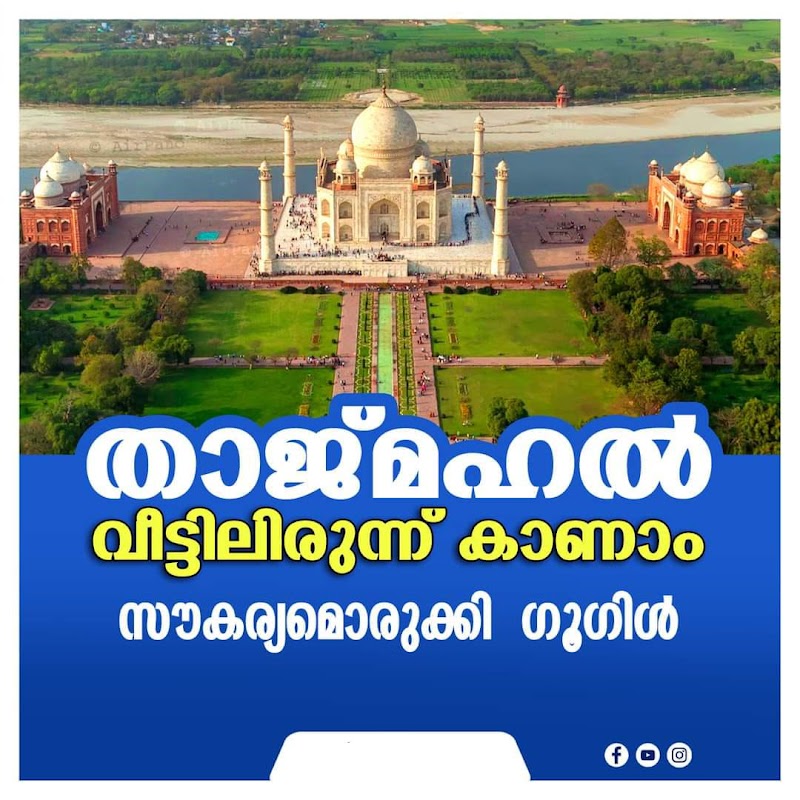The Taj Mahal is one of the great artistic treasures of the world, an instantly-recognisable emblem of India itself. It’s a mausoleum, or tomb, commissioned in 1632 by Emperor Shah Jahan, one of the greatest Mugal Emperors, to house the body of his wife Mumtaz Mahal
From the top of this minaret, we have a good view across the entire river plain, and of the Taj Mahal itself. The building is perfectly symmetrical, with four minarets, four small pavilions, and one iconic central dome.
Google Arts & Culture puts the treasures, stories and knowledge of over 2,000 cultural institutions from 80 countries at your fingertips. From the suffragettes who fought for women’s rights, to performing arts at the Paris Opera, to NASA’s archive of stunning images, discover stories about our cultural heritage. It’s your doorway to explore the art, history, people and wonders of our world.
Highlights
- Art Transfer – Take a photo and transform it with classic artworks
- Art Selfie – Discover portraits that look like you
- Colour Palette – Find art by using the colours of your photo
- Art Projector – See how artworks look in real size
- Pocket Gallery – Wander through immersive galleries and get up close to art
- Art Camera – Explore high-definition artworks
- 360° videos – Experience culture in 360 degrees
- Virtual reality tours – Step inside world-class museums
- Street View – Tour famous sites and landmarks
- Explore by time and colour – Travel through time and see the rainbow through art
- Art Recogniser – Point your device camera at artworks to learn more about them, even when offline (at select museums only)
More features
- Exhibits – Take guided tours curated by experts
- Favourites – Save and group your favourite artworks into galleries to share with friends or students
- Nearby – Find museums and exhibitions near you
- Notifications – Subscribe to receive weekly highlights or favourite content updates
- Translate – Use the translate button to read about exhibits from around the world in your language








